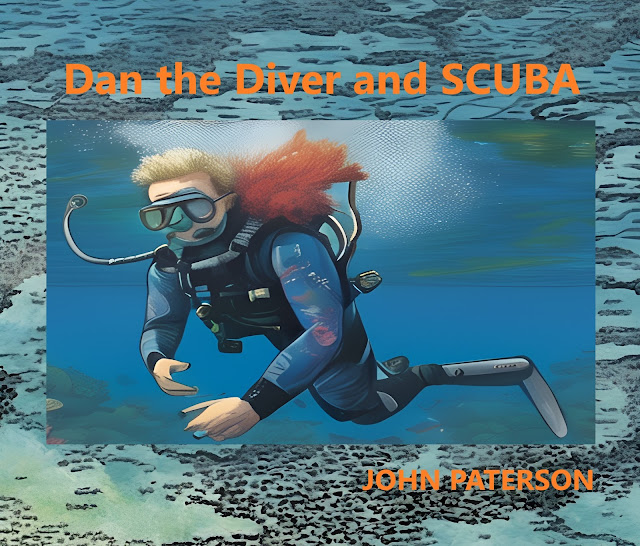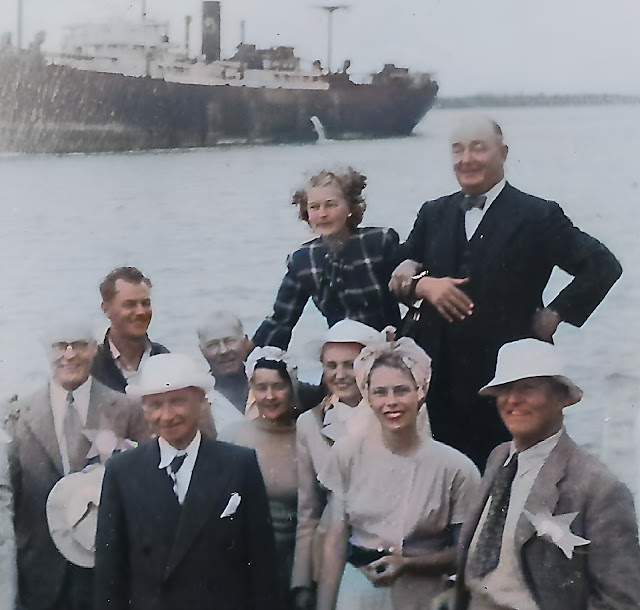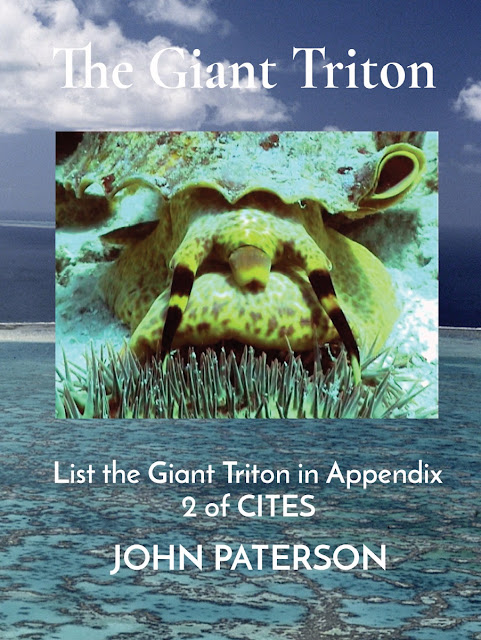Dan the Diver and SCUBA
The Great Barrier Reef is amazing but we must always remember that we are in another world when we are underwater on SCUBA. We need to breathe air. Unlike the fish and corals, we carry our air with us in a tank on our back.
“What’s happening with my air,” said Dan the Diver. “There are bubbles everywhere. I need to surface but not in a hurry.” Dan knew that air expands as it rises in the water and his lungs would do the same. He should be OK.
“My gear got caught in a cave and my air hose was broken. Luckily, it was shallow as I couldn’t breathe at all.” Dan knew that if he had been much deeper, then he would need to decompress slowly which was impossible.
Divers try to come up no faster than their bubbles but if Dan runs out of air, he has no choice unless he can buddy breathe. If he comes up too quickly from depth, he can get decompression sickness from nitrogen bubbles in his blood.
Dan tells how shallow water blackout occurs when snorkelers hyperventilate by repeated deep breathing followed by breath holding. This had happened to him when he was young and luckily a friend was there to help. “It was a close call.”
“You always need to have a dive buddy,” said Bobby. “You never know what could happen and it is so different down there.” Annabel agreed completely. “Even if you’re only snorkeling, it is much safer with a dive buddy,” she said.
Dan tells a story he heard from old Arthur who lived on a creek way up north of Cairns. These two kids told Arthur that they had rowed in from the Reef. He could hardly believe them but Dan knew that they had both been very lucky.
Dan remembers on one dive they found a shipwreck. It was only in shallow water but as the wind picked up Dan’s boat dragged its anchor. Luckily, there was another boat to bring it back or Dan would have had a big swim for it.
And there was another, that had washed up into the shallows and been abandoned. It was surrounded by venomous stonefish. Dan had collected venomous marine creatures when he was young so he ventured carefully.
“When it comes to the sea, anything that can go wrong will go wrong,” said Dan. “You better check all your gear properly or you’re going to wish that you had.” Dan knew this from bitter experience and wasn’t trying to scare them.
“It doesn’t take a meteorite shower to sink a boat or drive it aground,” was one of Dan’s favorite quotes. He wouldn’t say where he had heard it but it was probably old Arthur by the creek up north. He’d seen everything for sure.
“Make sure that your outboard is securely attached or be prepared to do a lot of rowing,” Dan said as he remembered why it should have a safety chain when an outboard is not bolted to the transom of a boat. “Outboards don’t float.”
“Make sure that you have all your boating safety gear, water, plenty of fuel and don’t overload,” he said. “Remember that the weather can change quickly and always check your anchor first when snorkeling or SCUBA diving.”
Grandad was quick to point out that our mask should fit perfectly and be comfortable on our face and not leak. Always check this before entering the water with SCUBA and always remember to turn on your tank.
“Fire can be a big problem as well,” Dan said. “Petrol is more flammable than diesel and gas is heavier than air and accumulates in the bilge and may ignite.” He reminded them that gas fridges have a pilot flame burning continuously.
Uncle Albert is much older now but he still remembers the Lorraine when it burnt. Luckily, the trochus lugger hadn’t picked up its crew in Innisfail when it caught fire. He was on the Northern Star searching for survivors at High Island.
“I’m really not trying to scare you,” Dan said. “Once when I was crayfishing in the west, I had just cast off the mooring and gone inside, when we heard the enormous bang. Lightning had hit the tender on the mooring just after we left.”
“And don’t forget panic,” he added. “Being out of your depth is better if you plan for it, rather than not being prepared at all. That’s what life-jackets are for and why all boats should carry them.”
Anchoring around coral can be very difficult, even with a small boat. Often, there is no permanent mooring and it is too deep to anchor off the reef edge. Coral can quickly cut through anchor rope so locate anchor wisely. Have fun.
“You shouldn’t dive by yourself grandad,” said Annabel. “You always tell us to have a dive buddy and you need sunscreen on your head.” Grandad was just going reef walking but he knew that Dan had taught his children well.
9780648609988







Here is a summary of the web page you are viewing:
ReplyDelete- **Dan the Diver and SCUBA**: This is a blog post by Dan the Diver, who shares his experiences and stories about diving in the Great Barrier Reef and other places. He talks about the challenges and dangers of diving, such as running out of air, decompression sickness, fire, lightning, and panic. He also gives some tips and advice on how to dive safely and responsibly.
- **Starfish: A warning from the past regarding polarization in Science and Society**: This is a PDF document that can be downloaded for free from the Internet Archive. It is a book by Peter James, who explores the history and science of the crown-of-thorns starfish outbreaks that have threatened the coral reefs. He also discusses the social and political implications of the starfish problem, and how it reflects the polarization and misinformation in society.
- **Summary of the principal findings**: This is another PDF document that can be downloaded for free from the Internet Archive. It is a summary of the main findings and propositions regarding starfish outbreaks, based on the research by Peter James and Robert Endean. It includes some questions generated by ChatGPT, an artificial intelligence model that can chat and create content.
- **Charonia Research Digital Collection**: This is a collection of digital resources related to the research on the giant triton, a large marine snail that preys on the crown-of-thorns starfish. It includes PDF and Epub documents, audiobooks, videos, and images that can be accessed for free from the Internet Archive. It also features ChatGPT, which can answer questions and generate content about the giant triton and the starfish.